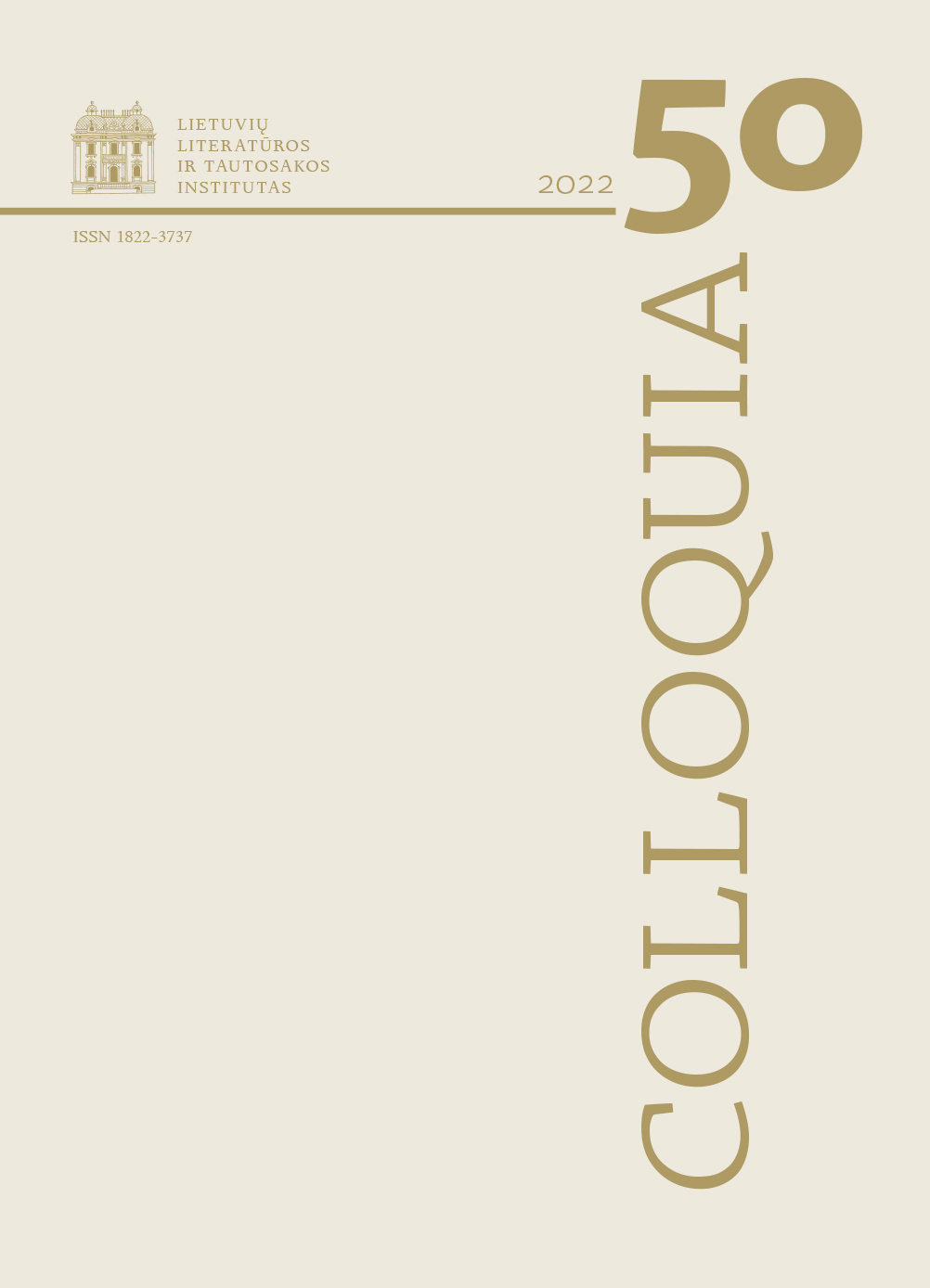Secondary Witnessing and Narrative Erasure in Inga Gaile’s The Beautiful Ones
Abstract
This article engages with the challenges of representing traumatic historical events in a post-traumatic situation when the process of narration involves negotiating the gap between the past and the present, between the narrator and the other’s suffering. Particularly, the article focuses on Latvian writer Inga Gaile’s novel The Beautiful Ones (Skaistās, 2019), which deals with the aforementioned structural and ethical complexities already in its beginning, subjecting it to a series of narrative erasures and thus signaling the difficulty of embarking on a story that would do justice to the impact of trauma. The beginning of Gaile’s novel deserves a close reading of its own since it provokes, in a concentrated form, broader questions about the nature of secondary witnessing, which grows out of researching history, and its potential reflection in narrative form. The article also discusses how a broken beginning might point to authorial values and frame the remaining novel as a sincere and deeply human approach to past tragedies.
Downloads
Most read articles by the same author(s)
- Zanda Gūtmane , Artis Ostups, Open Doors , Colloquia: Vol. 46 (2021)
